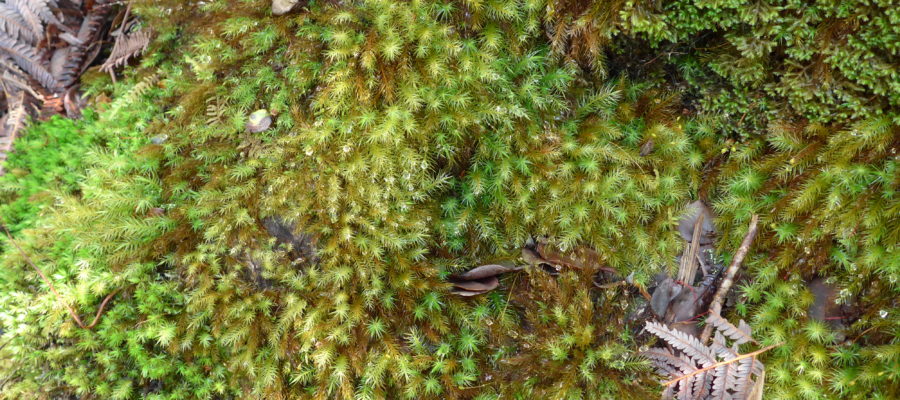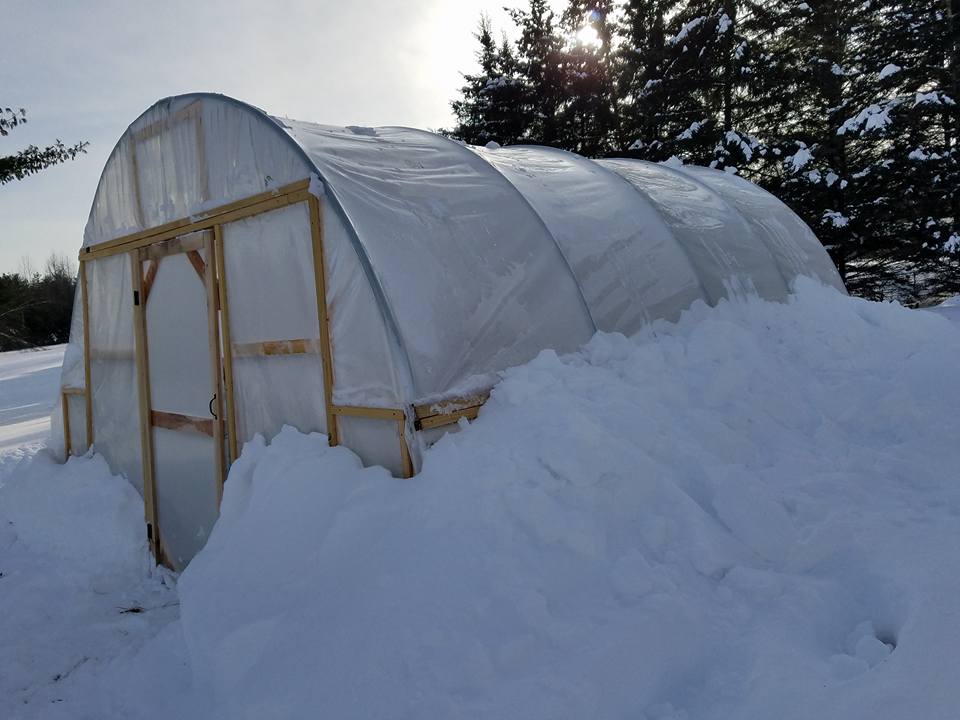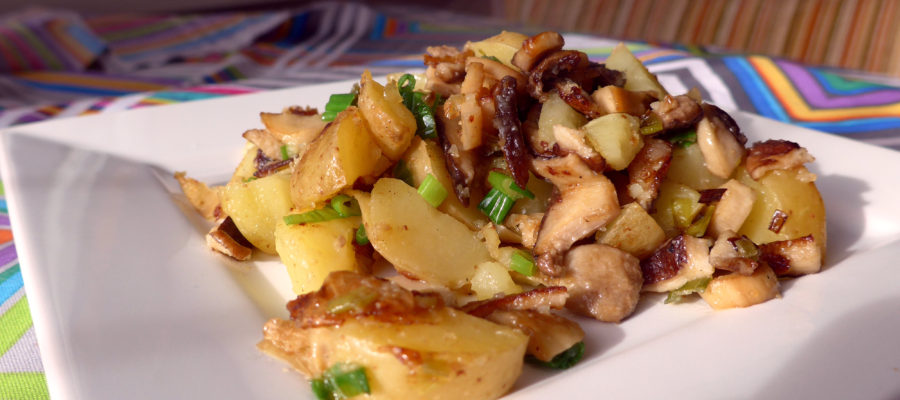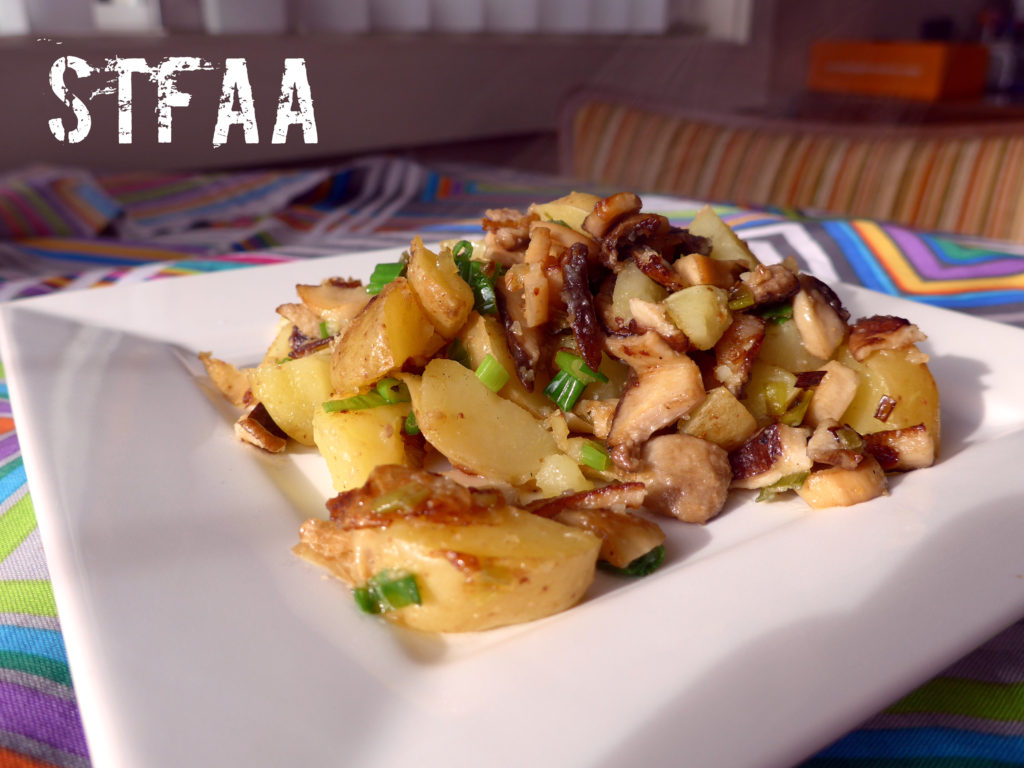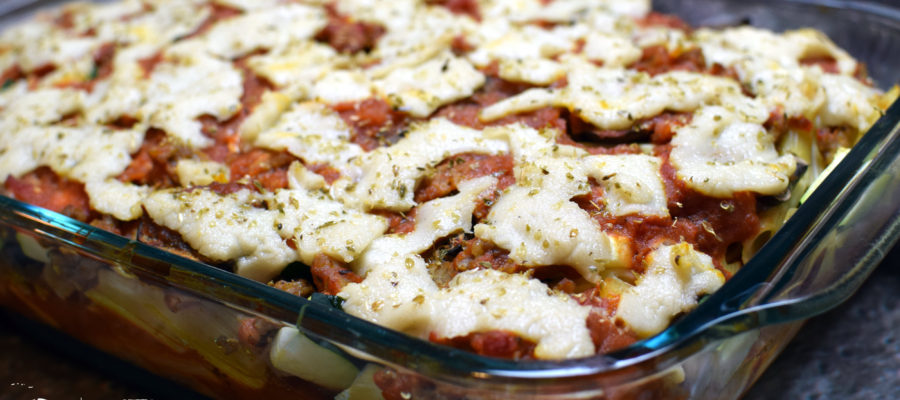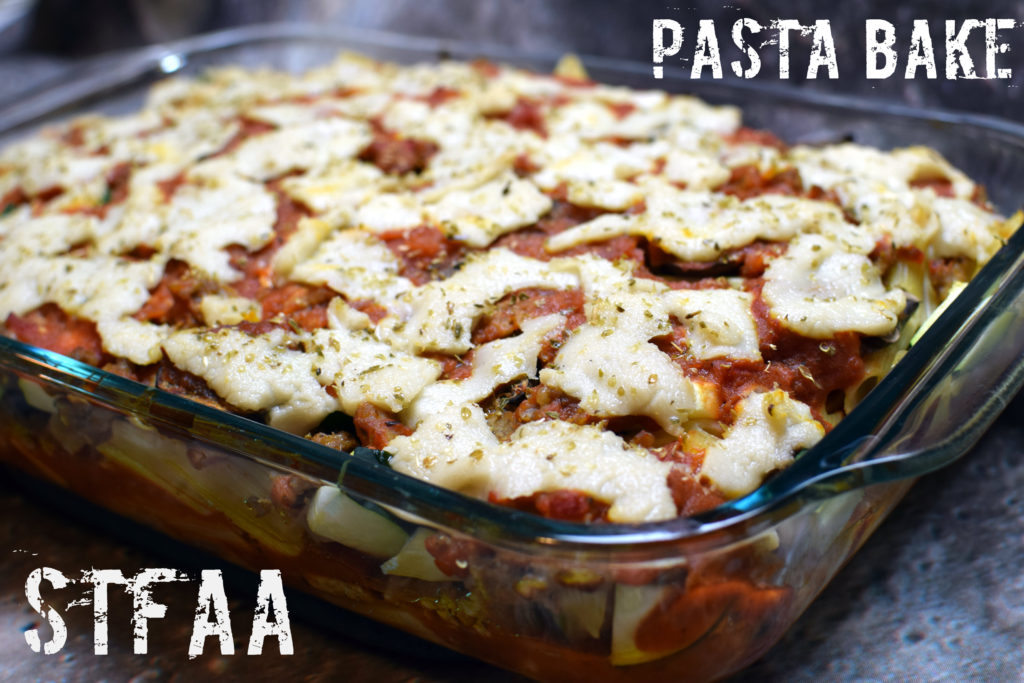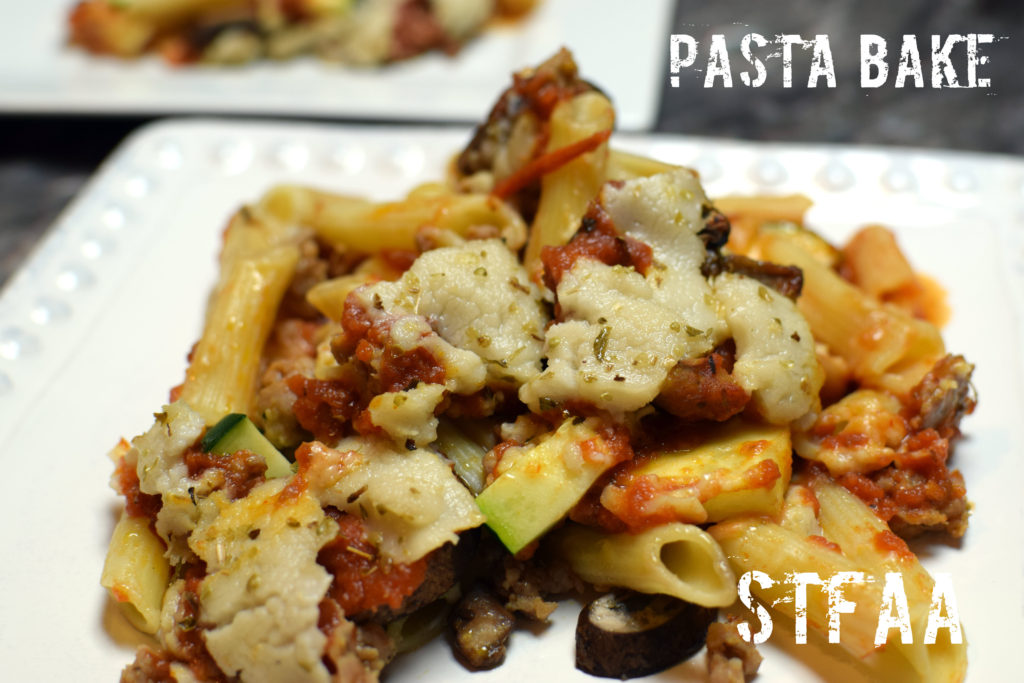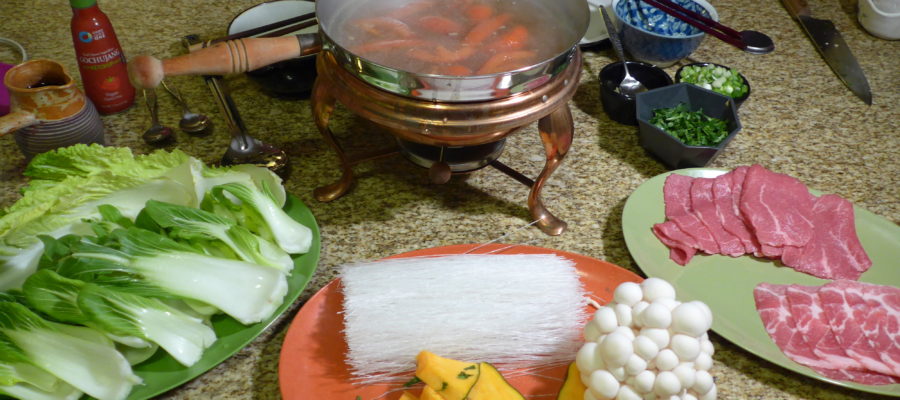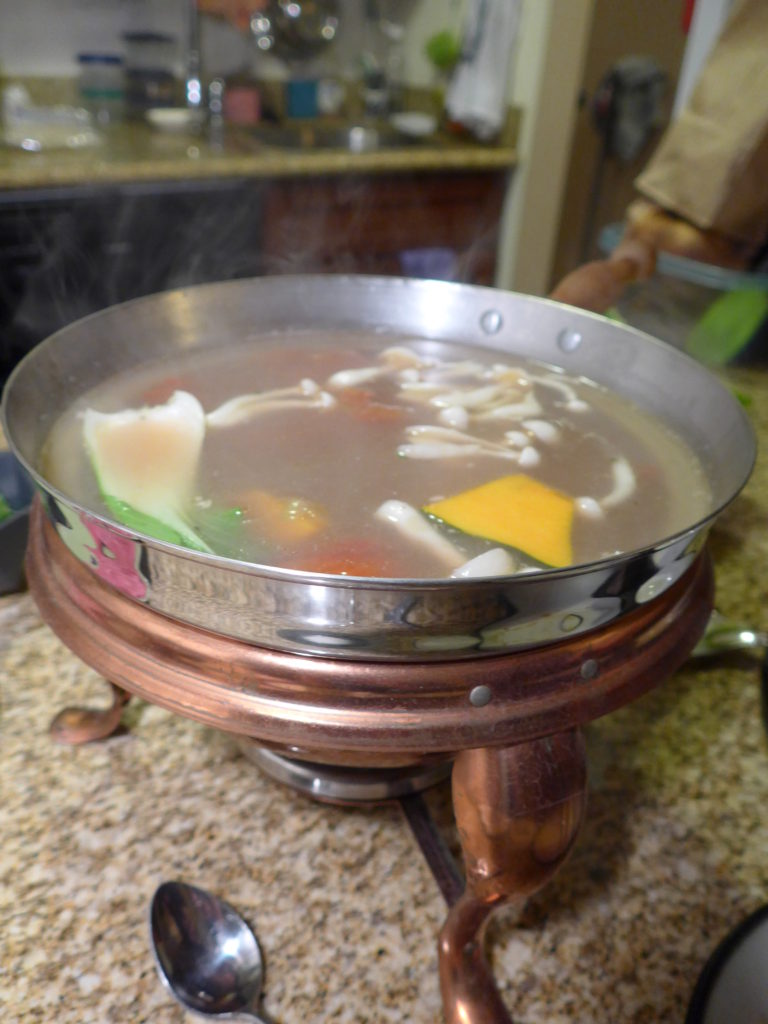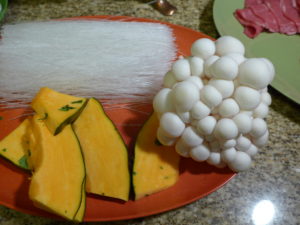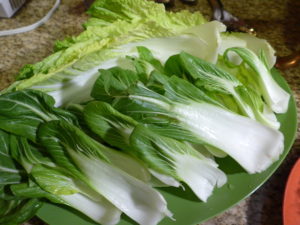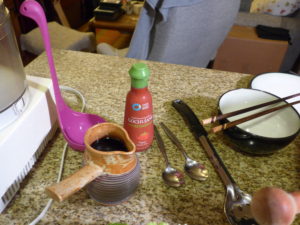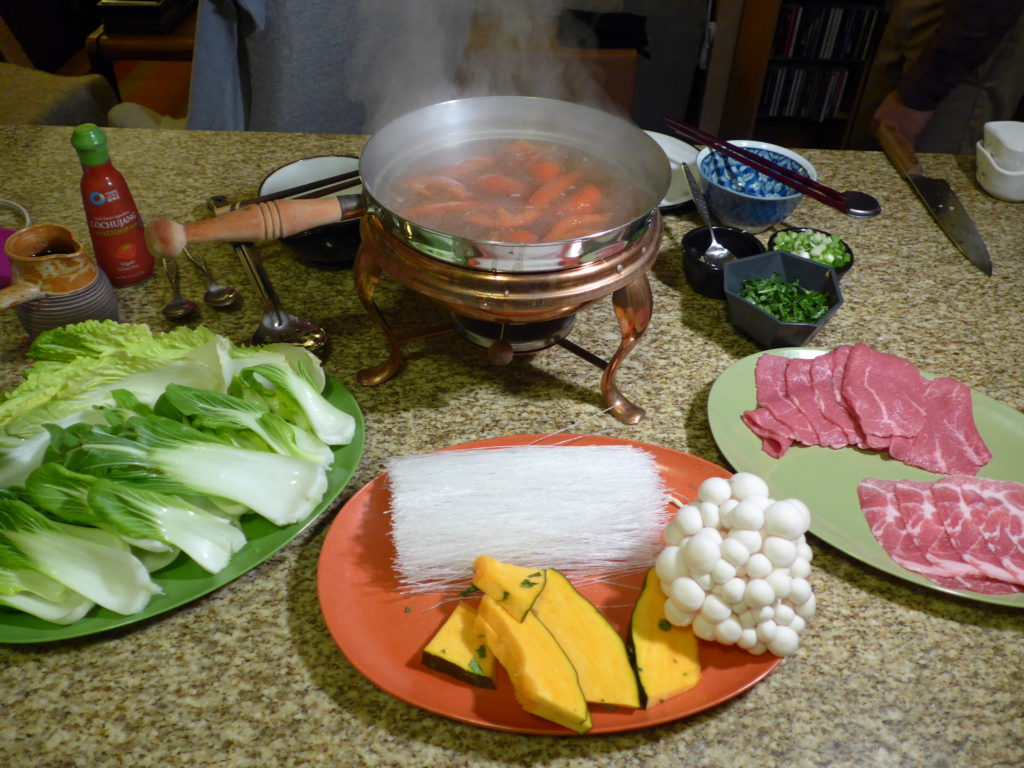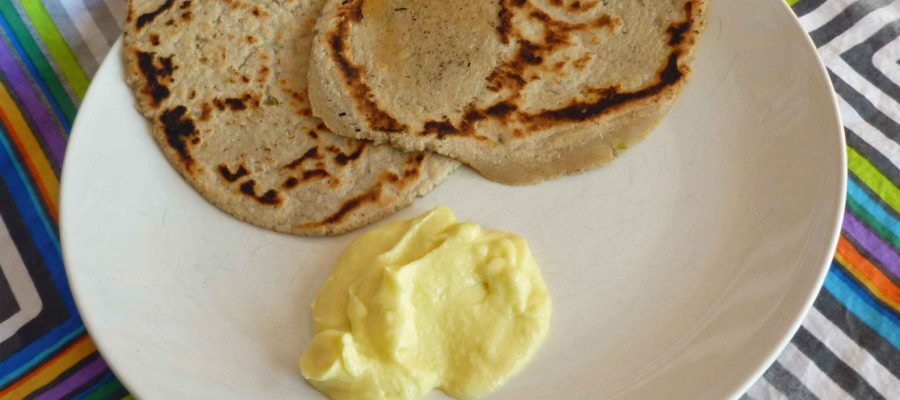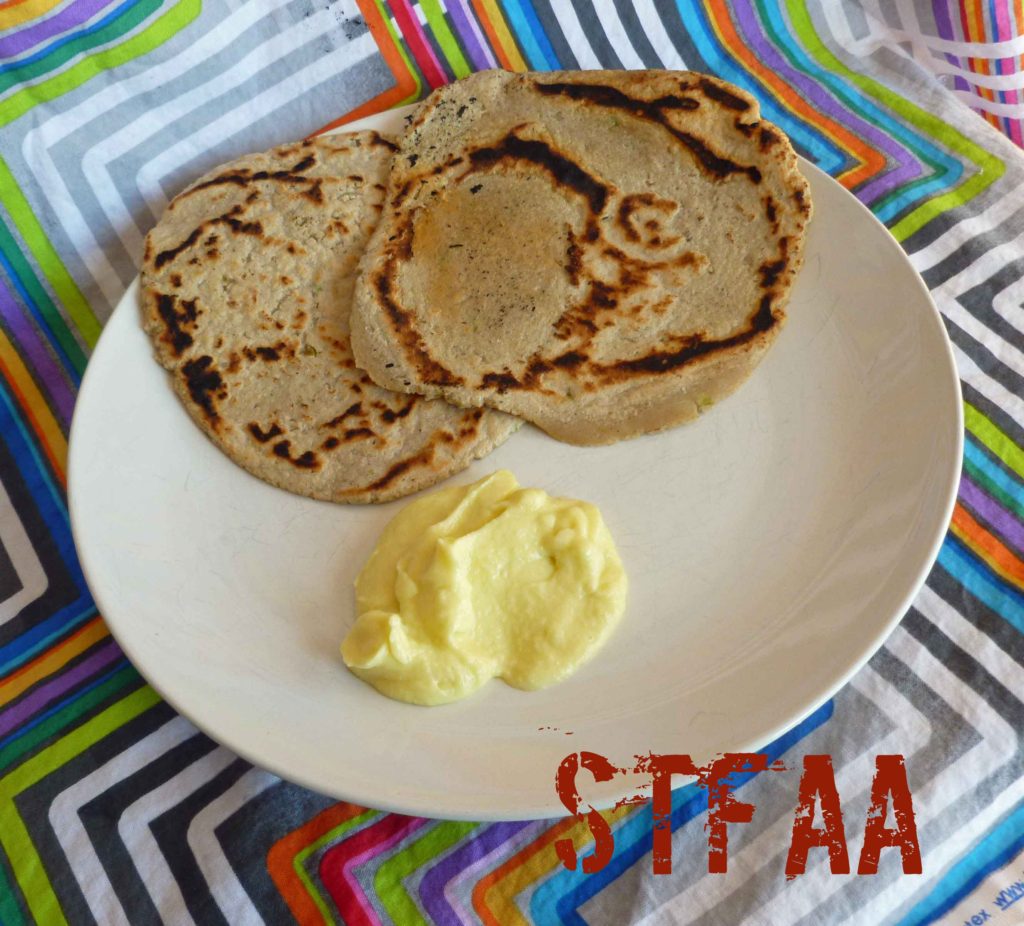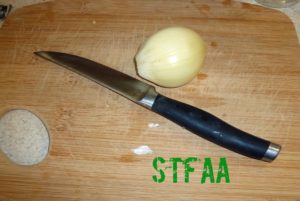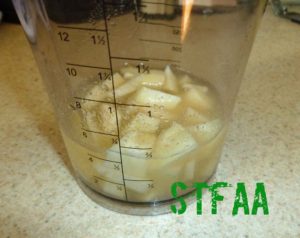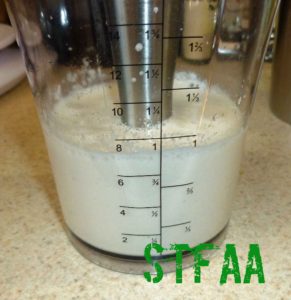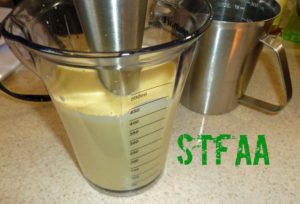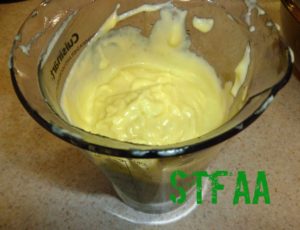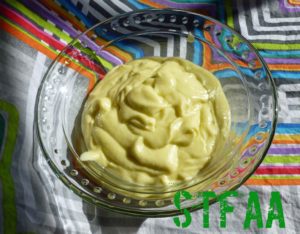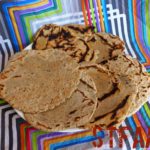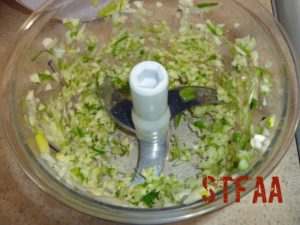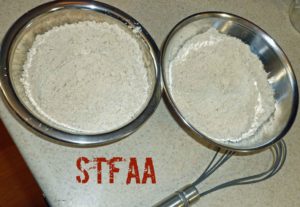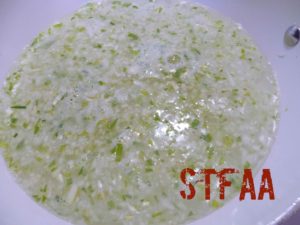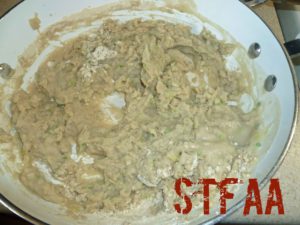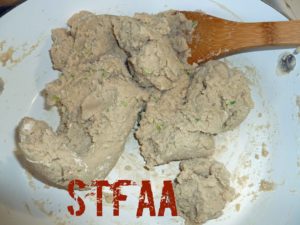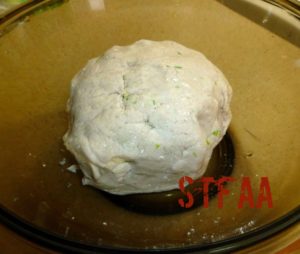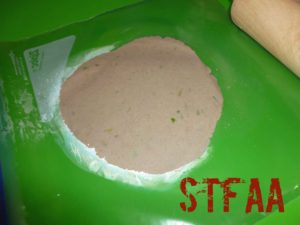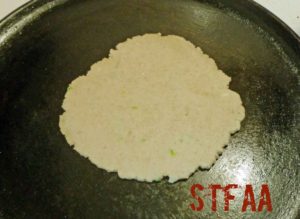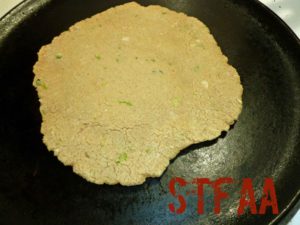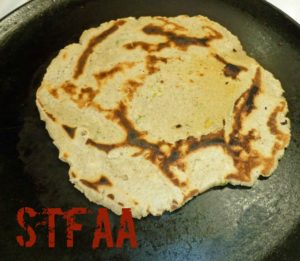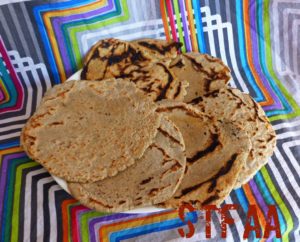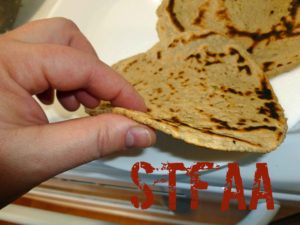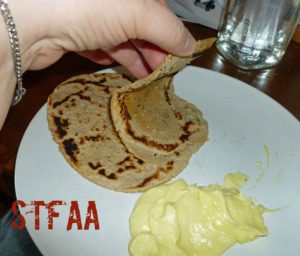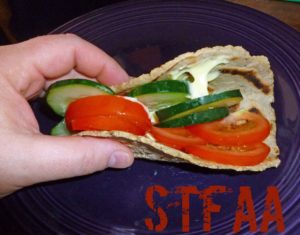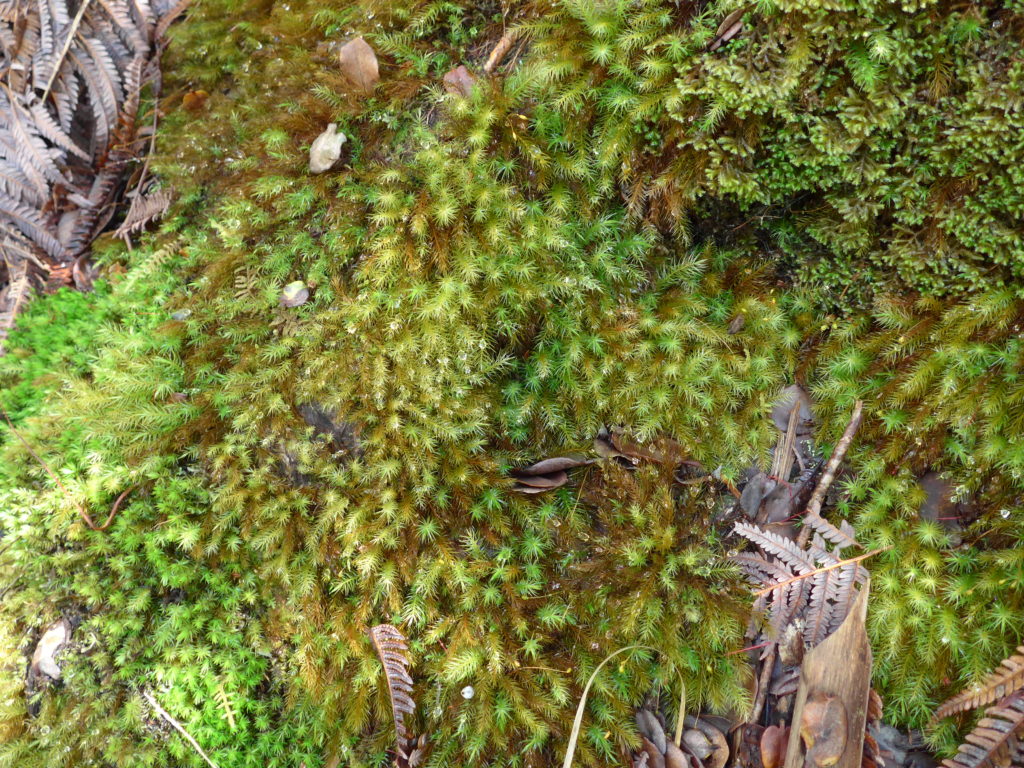
Surviving the Food Allergy Apocalypse was born out of frustration-fueled conversations Denise and MaryKate started about 6 years ago. First we bitched about giving up foods we loved. Then we started talking foods we could still have; meeting, spreadsheet(s), blog. Logical progression, right?
Denise is a lawyer. MaryKate is an historian. But we were both frustrated by the changing landscape we faced. Eating isn’t a hobby that you can just give up when it becomes difficult — food is required to live. Neither of us first faced food “allergies” through anaphylaxis, either — Denise saw asthma flares and MaryKate had primarily gastrointestinal issues. We both believe, based on research and experience, that there’s a continuum of ways in which our bodies can over-react or adversely react to food. While anaphylaxis is the scariest and deadliest of them, it is not the only medically-significant issue people face in relation to food. While we happily share our own experiences (even the unhappy ones) here, we are not doctors, dieticians, or medical professionals of any sort. We live with food allergies.
Anyone reading our blog came here because they have food allergies or intolerances or because they know someone who does. We write because we love food, we eat food, and we want flavor. We do not want to be bored and bland based on our limitations. We started writing recipes because we did not find what we wanted to eat. We’re adults who face food allergies after life lived without them, with adult palates, who mostly eat with other adults. We want spice and flavor and “weird” vegetables.
We’re also adults with full-time jobs, relationships, homes, friends, and lives outside this blog. Since we started writing, Denise bought a house with space for an ever-expanding garden so she can grow corn-free foods, which she then has to preserve for the freaking long winters of New Hampshire. MaryKate moved across the country to a new city, new job, new climate, new life. Things have changed, and we want the blog to change *with* us and stay relevant to us and where we are.
So moving forward, we’re going to do a few things:
Say good-bye to Fabulous Food Allergy Friday. We think this is what social media is for — and 5.5 years of these posts have resulted in a lot of dead links on our blog. So we’re going to step up and become better users of social media. This blog has a Facebook page — follow us here for the easiest access to what we’re reading. You can also follow both of us on Twitter (Denise, MaryKate), Denise on Pinterest, and MaryKate on Instagram.
